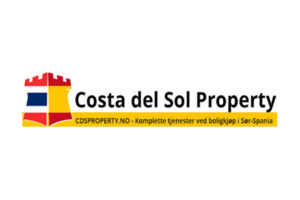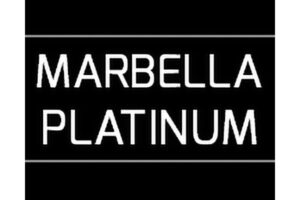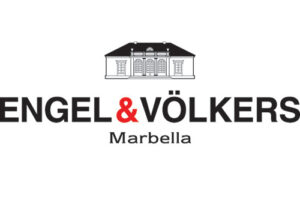The Spanish Route 66 is a 600-kilometre route which starts in Madrid at Km 0 in Puerta del Sol, and ends in the City of A Coruña in Galicia, beside the iconic Tower of Hercules.
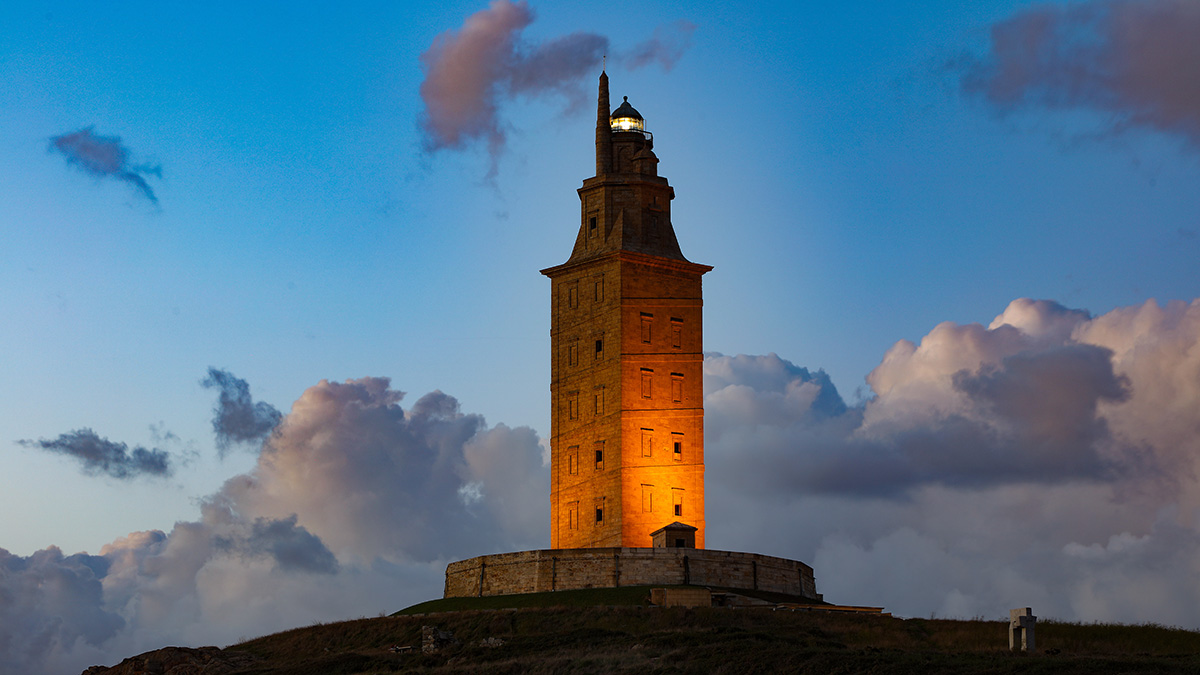
Article by Sophie Gatward-Wicks
This route is officially known as the N-VI, and was first conceptualised in recent years when the founders were on a trip in the US and experienced the full impact that the American Route 66 had on its travellers. Fuelled with a passion for travel and a love of the Spanish landscape, they decided to create something similar. Now people from all over the world can add the Spanish Route 66 to their bucket lists, and get to appreciate all the sites this journey has to offer, that they otherwise might have missed.

Of course Route N-VI is comparably a fraction of the distance that the U.S behemoth of a highway boasts, which totals 3,940km starting in Chicago Illinois and ending in Los Angeles, California.The cuter Spanish Route 66 is just 15% of this distance, and there is a neat reason for it’s user-friendly 600km. First to note, is the number 6. Route N-VI has been organised around Radial 6 in the Spanish highway system.
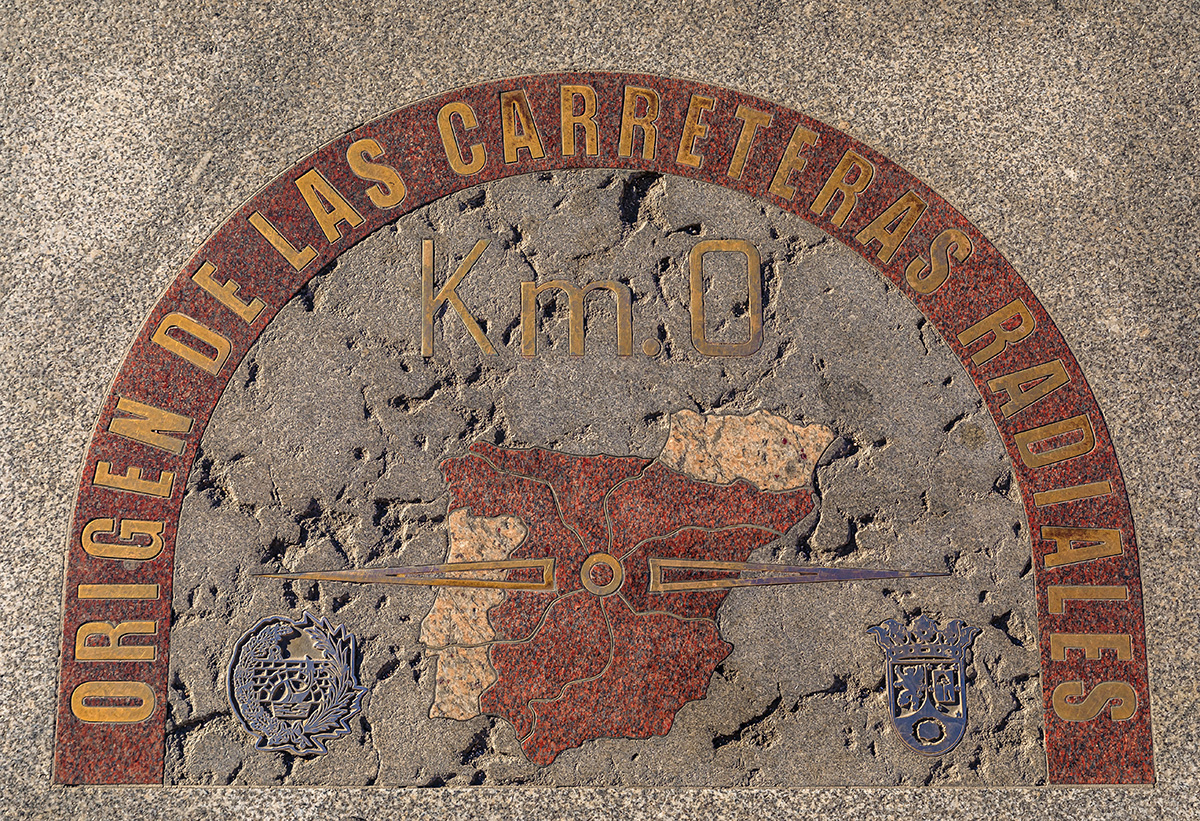
Spain is divided into 6 sectors between the main radial highways from Madrid, numbered in a clockwise pattern. Radial 6 is the road that goes to Galicia in the North of Spain, which also happens to be where the founders live. The 600 km journey is also a numerical homage to the number 6 itself, in Route 66. The itinerary has also been based on a traffic map from 1960, although the actual origin of N-VI first emerged in the 1940s, when the six radial highways that connect the capital with the rest of the peninsula were established.
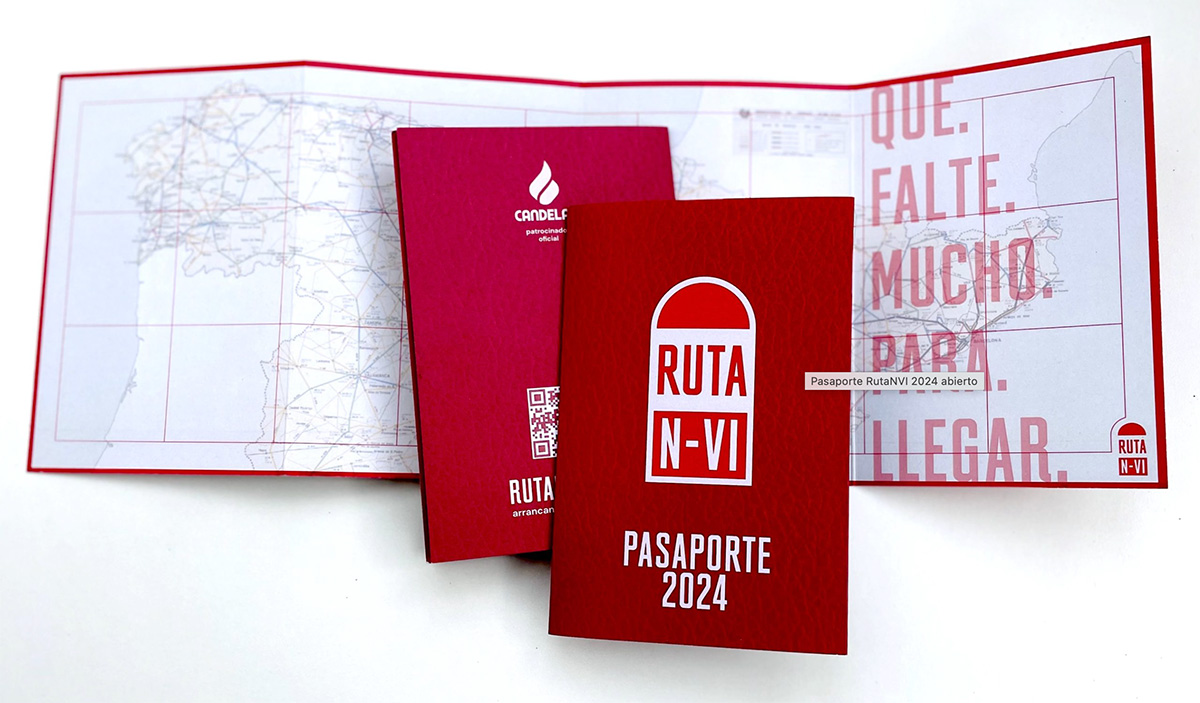
Staying true to the American Route 66 where you can buy a just-for-fun passport and collect stamps along the way as memorabilia, there is also now a Spanish version of this! The Route N-VI passport doesn’t just serve as a keepsake, but also includes useful information such as the route guide and a map of where the main tourist attractions are found, and where to locate the official stamping points. If road trippers manage to collect 5 stamps at the designated areas, they also receive an accredited diploma, which differs depending on their mode of transportation. To add to the fun, there is also merchandise available with the route’s logo on it.
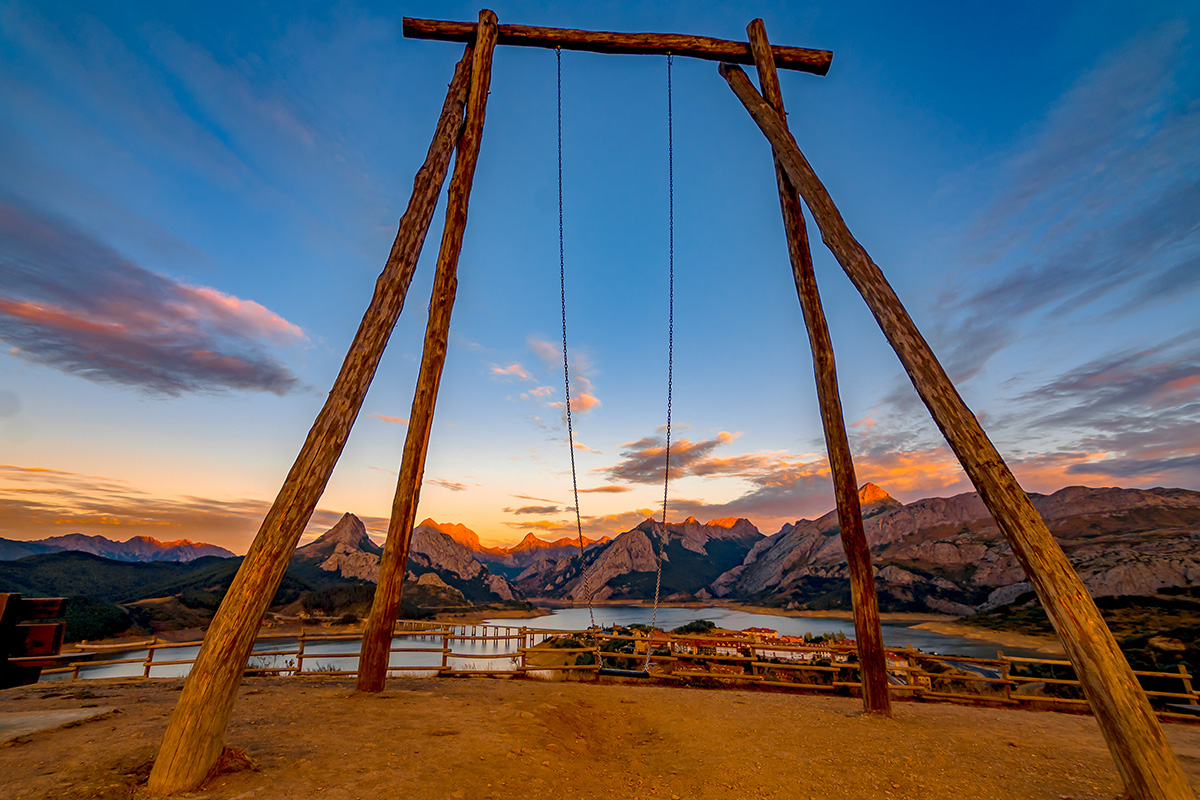
What we love about the creation of this route is how it encourages the traveller to take in the details of places, and really get a feel for each area you stop in. You are encouraged to take longer breaks, explore and appreciate your surroundings without the confines of the daily grind. This mindful way of traveling where the destination is the journey is one of best ways to experience a wider culture. Visit museums where you stop, take in the incredible monuments or dare to explore the lesser known ghost towns along the way. One of the aims of popularising Ruta N-VI was to quite literally revive some of these practically abandoned roadside businesses and support the rise of typical shops with local products in these areas.

The brilliant duality of this journey is that the route is as down to earth as it is glorious, and you get to choose exactly how you want to experience it. On most of its route, traffic is scarce, often at times practically non-existent due to the A-6 highway, which absorbs almost all of the traffic. The variety of landscapes that you are greeted with, from the city of Madrid, through mountains, and the mountains and plains of Castilla y León before reaching the greenery and ocean views of A Coruña, is an outstanding combination. And for the passionate historians, you can choose to travel along specific routes that historic celebrities such as El Cid or Washington Irving once traveled on.
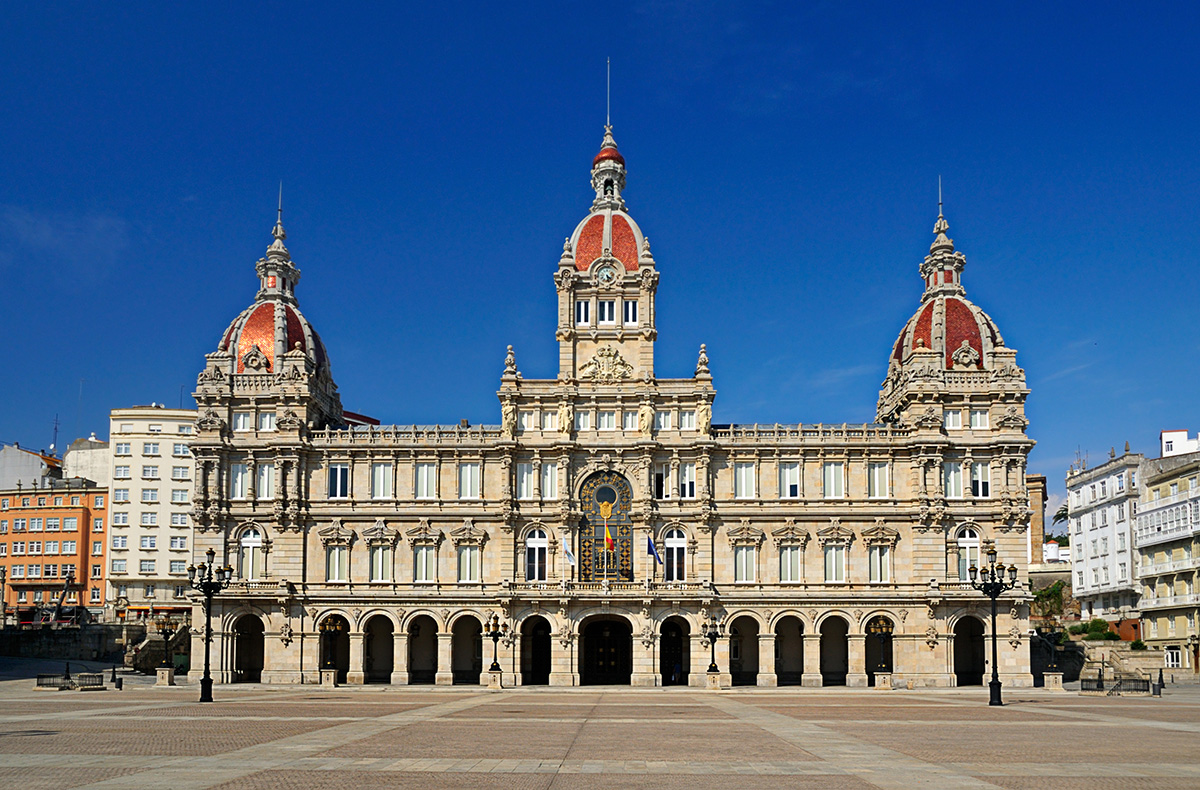
There is so much along the way to side-track you if you wanted it to! The country is dotted with disused railway lines that have been transformed into walking and cycling routes known as Vias Verdes, and there are incredible pilgrimage routes such as the Camino de Santiago or the Silver Route Ruta de la Plata that goes from the North to the South of Spain. Take a quest to discover the country’s olive oil and wine supply following routes specifically mapped out that link you to Spain’s unmatched gastronomic offering. Spain is a playground for the explorers, the options are endless, and it would be hard to achieve it all in a single lifetime, but a simple route such as N-VI can be achieved by almost anyone who just wants a few days, maybe a week, to get out onto the wide open road and have that bucket list experience.
To plan out your trip along the Spanish Route 66, order your N-VI passport, or simply find out more, visit the teams website: https://rutanvi.com/

Did you know?
The Tower of Hercules Torre de Hércules in A Coruña, Galicia, where this journey ends, is the oldest functioning Roman lighthouse in the world. The lighthouse, positioned atop a structure resembling a skull and crossbones, symbolises the mythical burial site of Hercules’ defeated foe, and is prominently featured in the coat of arms of A Coruña.
























































